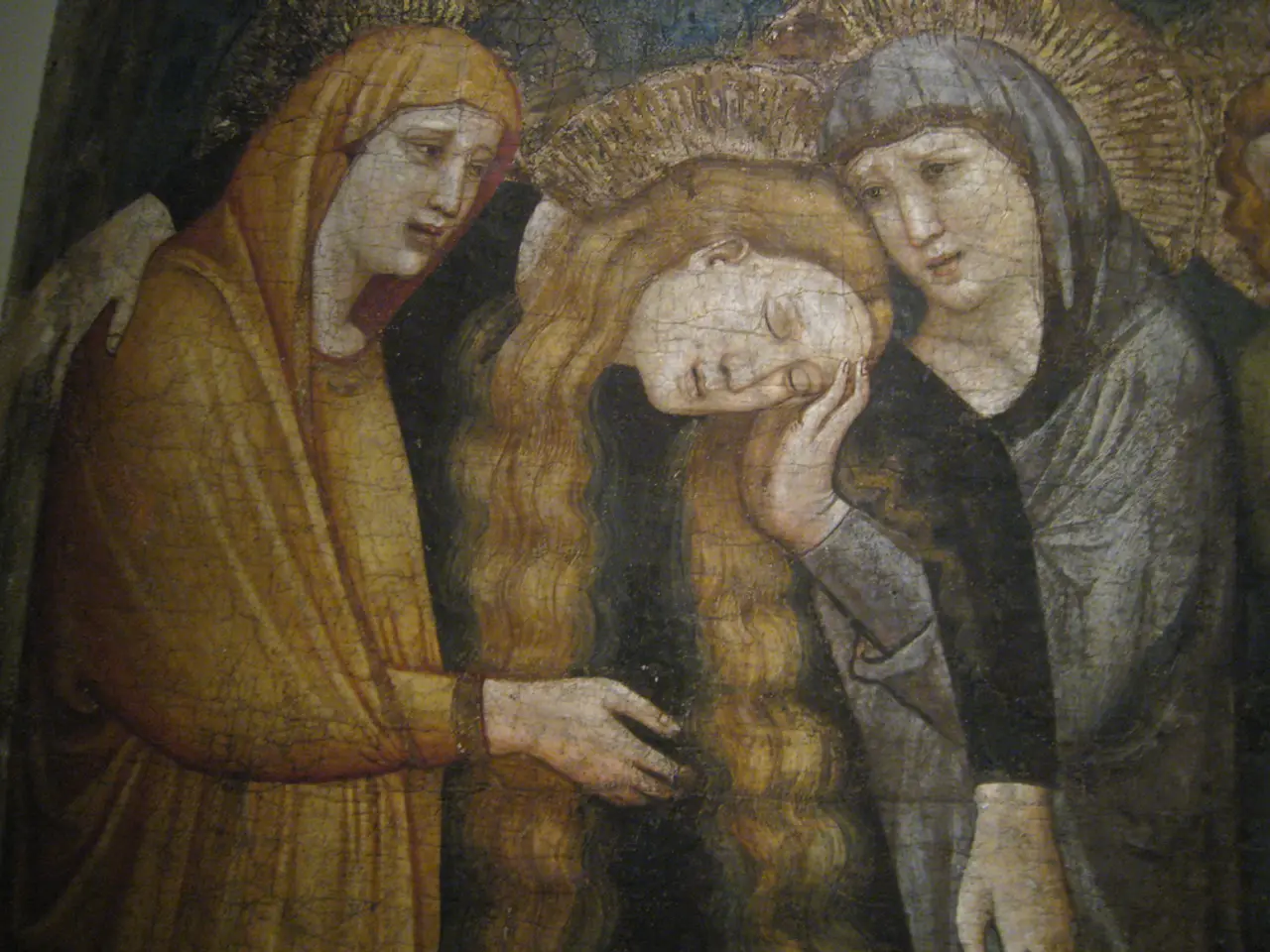Society's Influence on Artistic Expressions
=============================================================================
In the digital age, technology has democratized access to art, enabling artists to reach wider audiences through online platforms and social media. This has fostered greater inclusivity and diversity in the art world, allowing for a more representative reflection of society.
Artistic expression has been revolutionized by technology and globalization, giving birth to new mediums like digital art, virtual reality, and interactive installations. However, the essence of art remains the same: it serves as a mirror of cultural values and beliefs, responding to political and social issues, advocating for change, evolving in response to societal shifts, and challenging society to reflect on its values and beliefs.
Art plays a vital role in society, often serving as a visual or auditory record of the thoughts, feelings, and experiences of individuals within a particular society. This provides insight into the cultural, political, and social context of the time. Notable examples of art that reflect societal values and beliefs include Pablo Picasso's Guernica, Jean-Michel Basquiat's Irony Of A Negro Policeman, Mark Bradford’s Helter Skelter I, and Renaissance masterpiece, Leonardo da Vinci's Mona Lisa.
Picasso's Guernica (1937) is a powerful anti-war painting responding to the bombing of the Spanish town of Guernica during the Spanish Civil War. It depicts the horrors of war and civilian suffering and has become an international symbol of peace and anti-fascism, inspiring activism and protest art worldwide.
Jean-Michel Basquiat's Irony Of A Negro Policeman (early 1980s) critiques the role of African Americans in oppressive systems of authority, highlighting the contradictions and systemic racism within society. Basquiat’s distinctive fusion of graffiti and Neo-Expressionism creates social commentary on race, power, and identity.
Mark Bradford’s Helter Skelter I (2007) is a vast collage that symbolizes the chaos of urban life and social struggle. His works often explore themes like systemic racism, marginalization, and historical memory (e.g., Scorched Earth references the Tulsa Race Massacre), urging societal reflection and dialogue on these issues.
Leonardo da Vinci's Mona Lisa (c. 1503–1519), beyond its artistic mastery, revolutionized portrait painting and influenced Renaissance thought by embodying ideals of humanism and individualism that shaped Western culture.
These artworks have not only reflected existing societal values but actively shaped discourse by exposing injustices, commemorating history, and advancing cultural and philosophical ideals. Their influence extends across activism, art movements, and public consciousness.
Art can influence society by raising awareness of social issues, challenging societal norms, inspiring change, and providing a platform for marginalized voices to be heard. Artists have a responsibility to reflect and challenge society by addressing pressing issues and advocating for positive change. In this role, they can serve as cultural ambassadors who bridge divides and promote dialogue across diverse communities.
Globalization has facilitated the exchange of artistic ideas and influences across cultures and borders, leading to the emergence of hybrid art forms. This exchange not only enriches the art world but also fosters understanding and empathy among diverse societies, contributing to a more inclusive and harmonious world.
References: 1. Guernica 2. Irony of a Negro Policeman 3. Helter Skelter I 4. Mona Lisa 5. The Influence of Leonardo da Vinci's Mona Lisa on Renaissance Thought
Read also:
- Live Trial of Digital Technology on Travelers in Berlin
- Must-See Art Museums in Armenia You Need to Explore
- Disney World's Latest Transport Service is Exorbitantly Priced, Leaving Me Yearning for the Inexpensive Magic Express
- UK Residents Advised to Examine Passports Immediately Due to Potential Flight Prevention Regulation - Determine Your Vulnerable Areas






